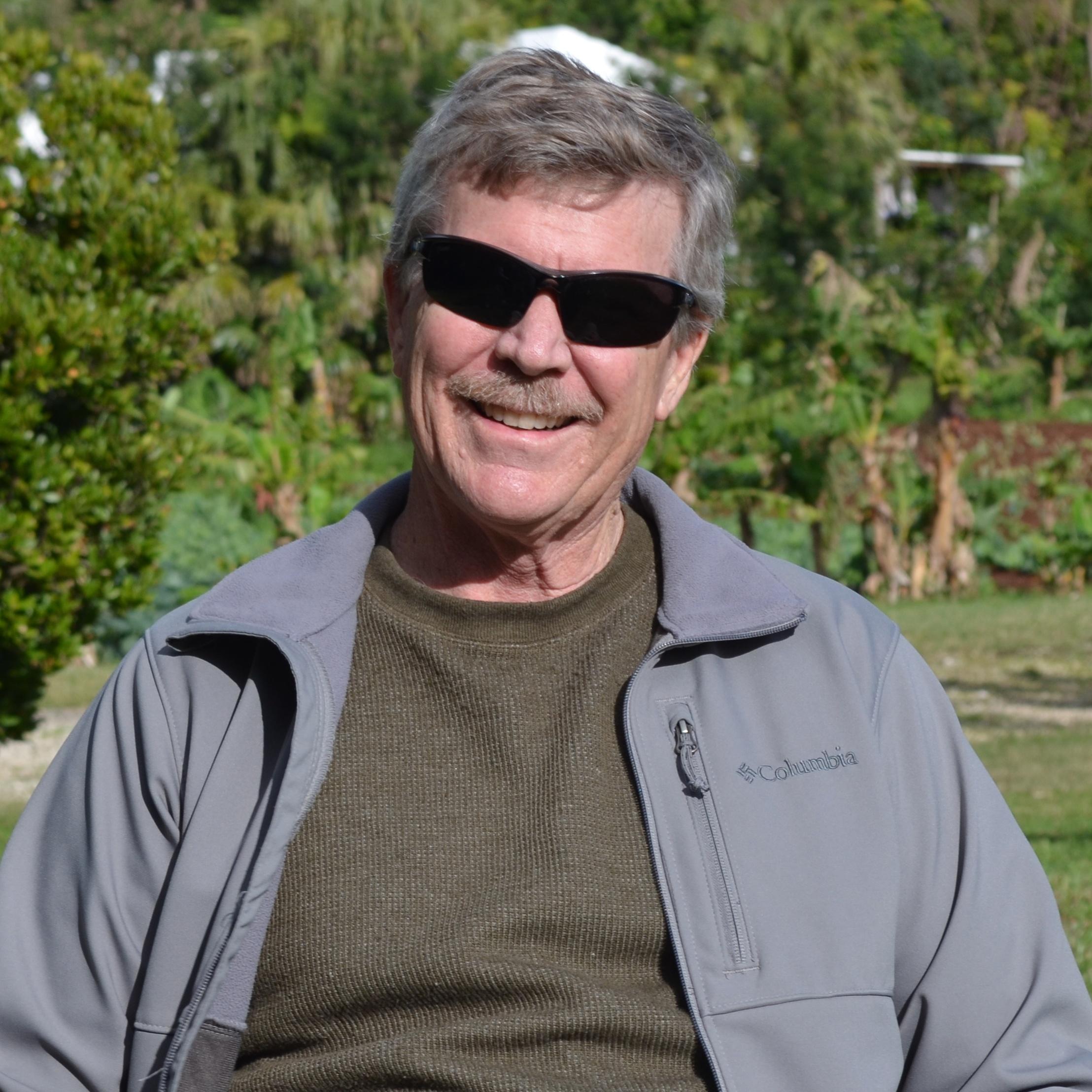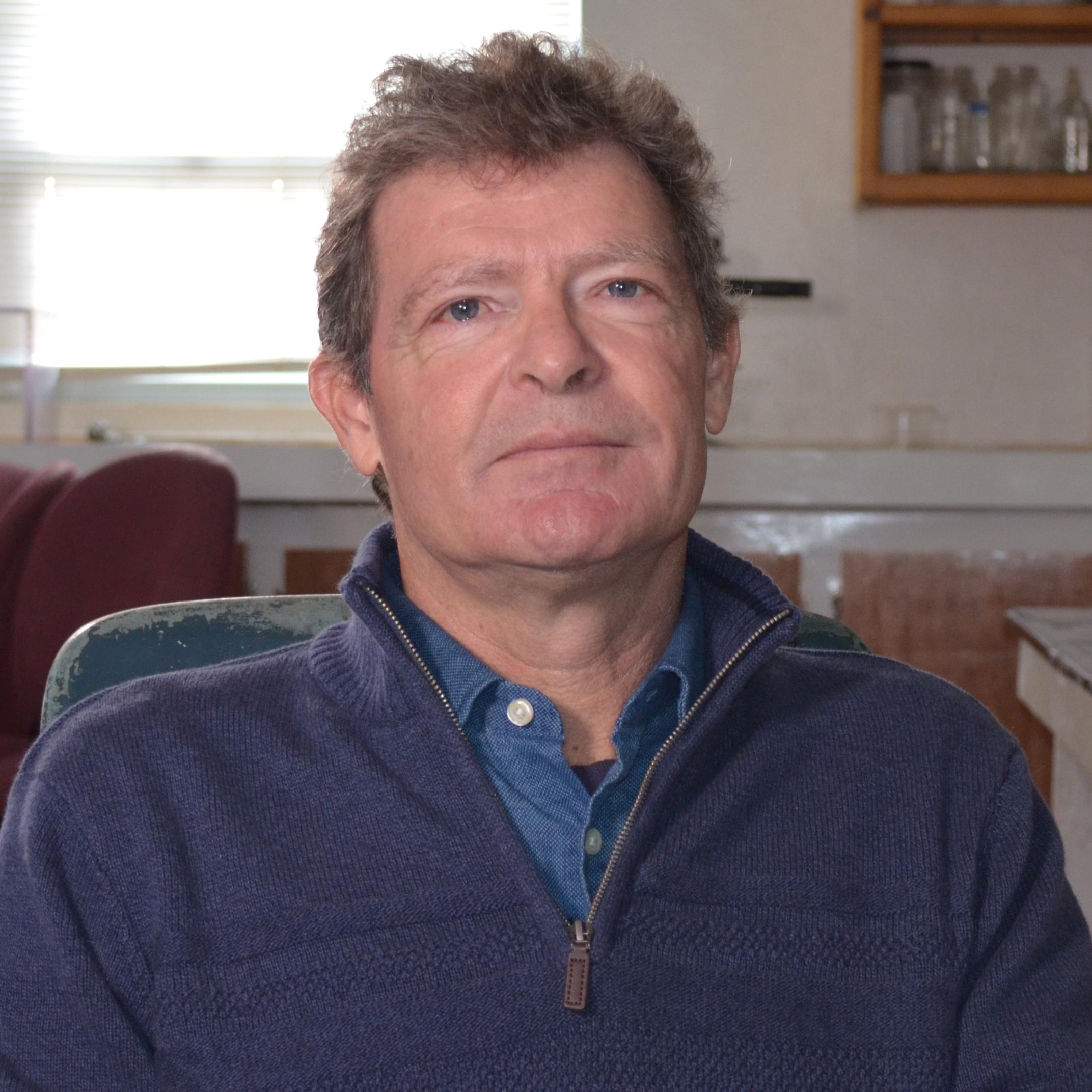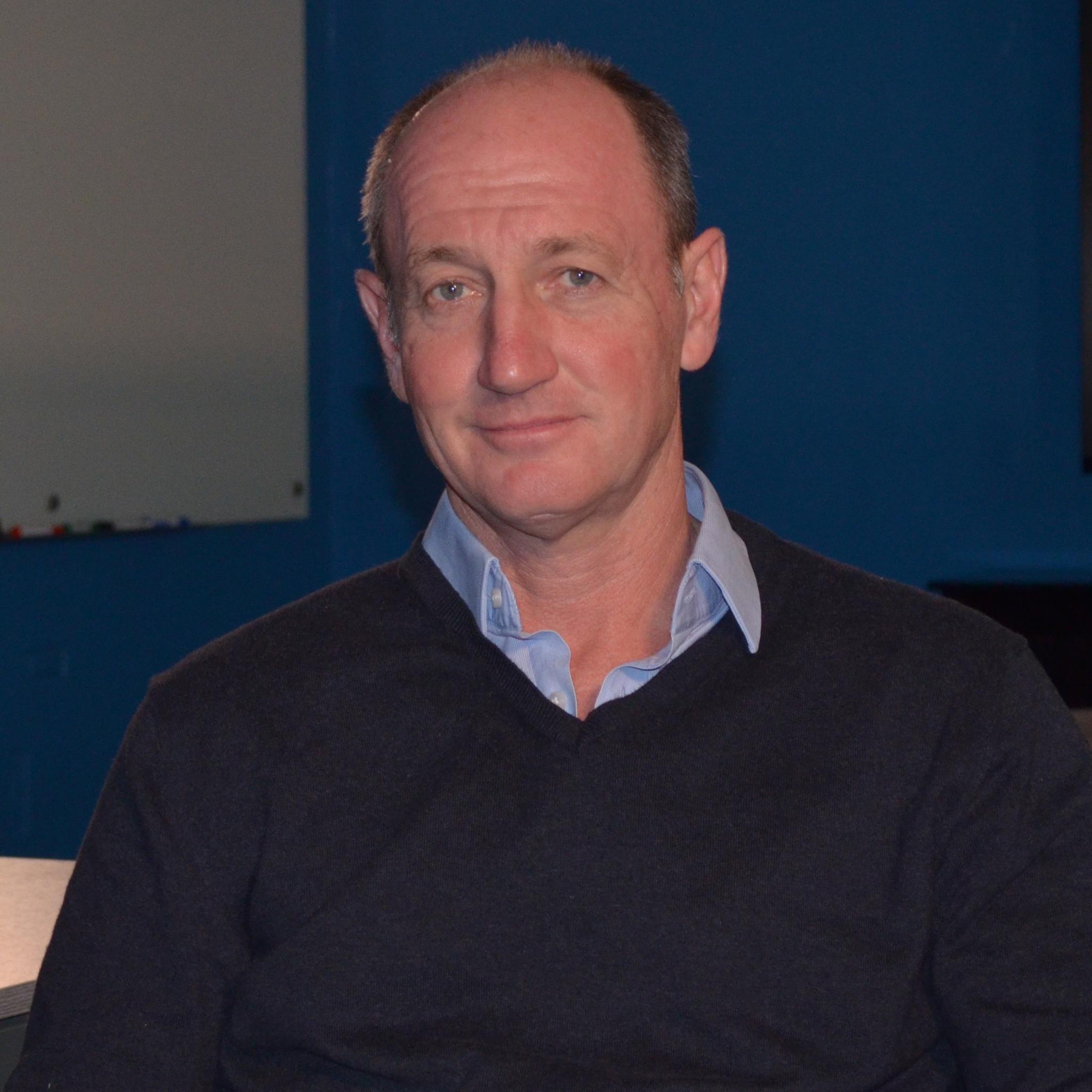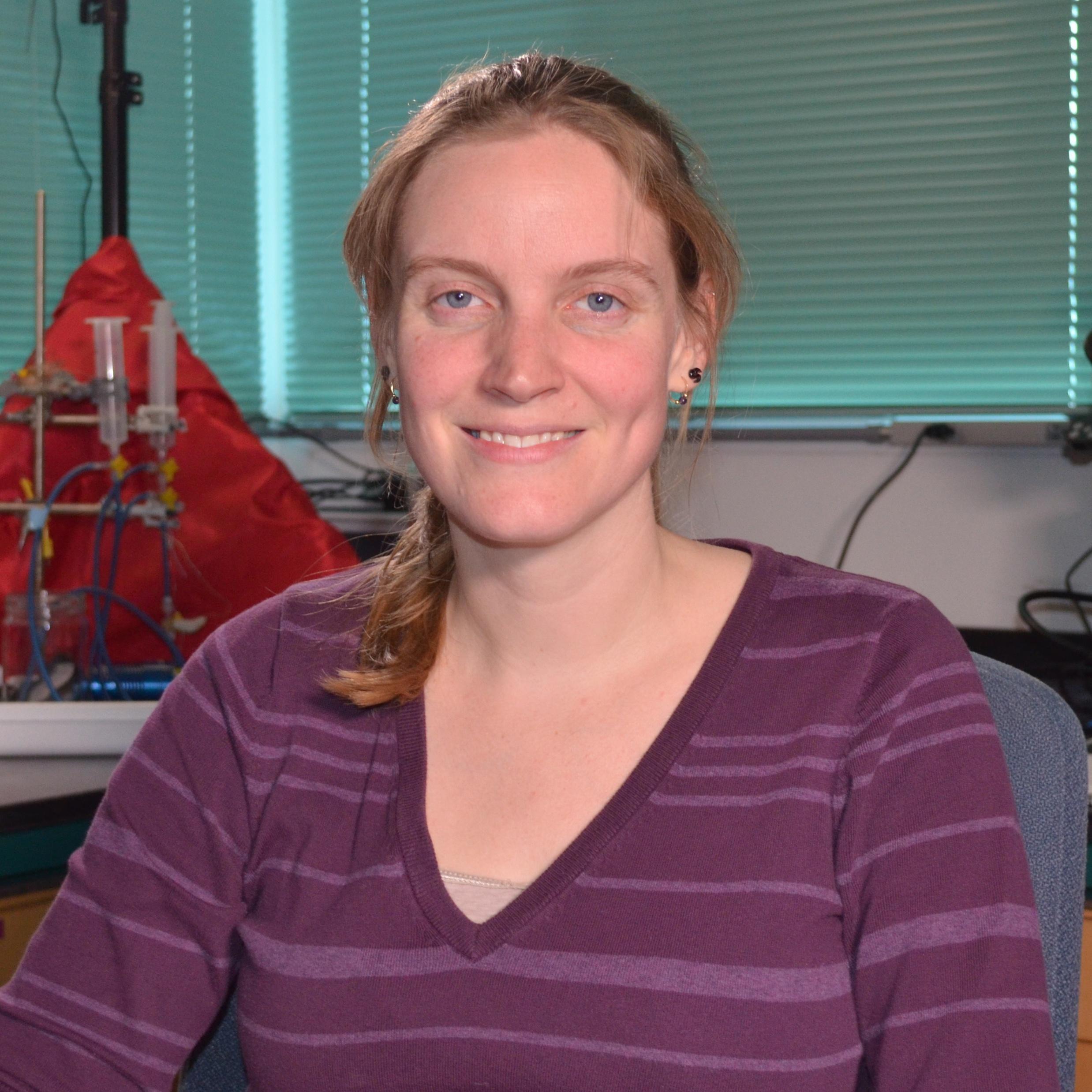Episode 903: The Fate of Carbon
For millennia, the exchange of CO₂ between the oceans and atmosphere has been in balance. Two distinct processes, known in the scientific community as the solubility pump and the biological pump, transport carbon from surface waters down to the depths, where it can stay for thousands of years before returning to the surface and re-entering the atmosphere as CO₂. Now, with more anthropogenic carbon dioxide in the atmosphere, the oceans are taking up more CO₂ as well. This additional CO₂ is negatively impacting sensitive ecosystems through a process called ocean acidification, and scientists worry how changes to the ocean environment will affect the way carbon is cycled through the seas.
Experts
Meet the experts featured in this episode.
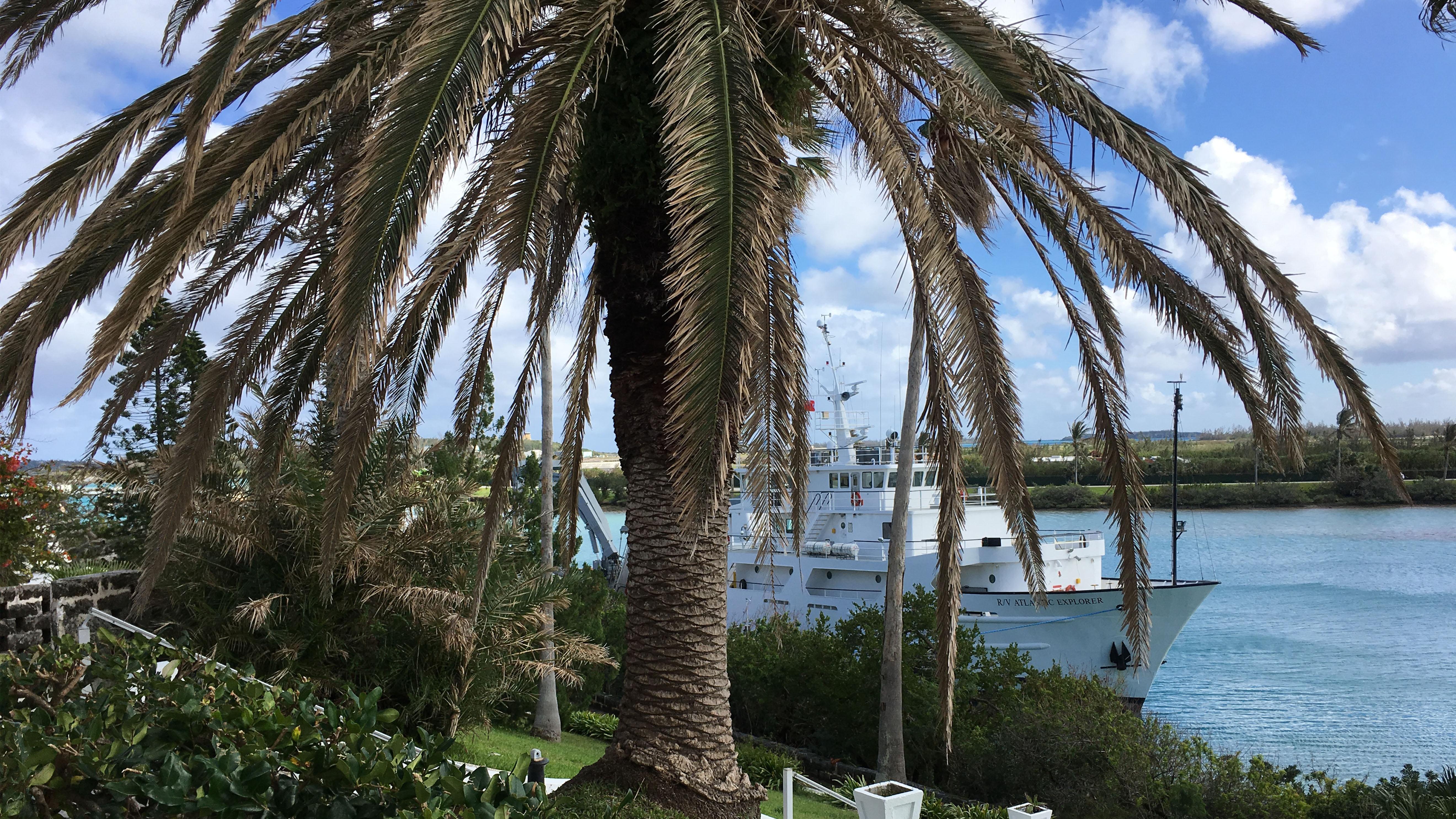

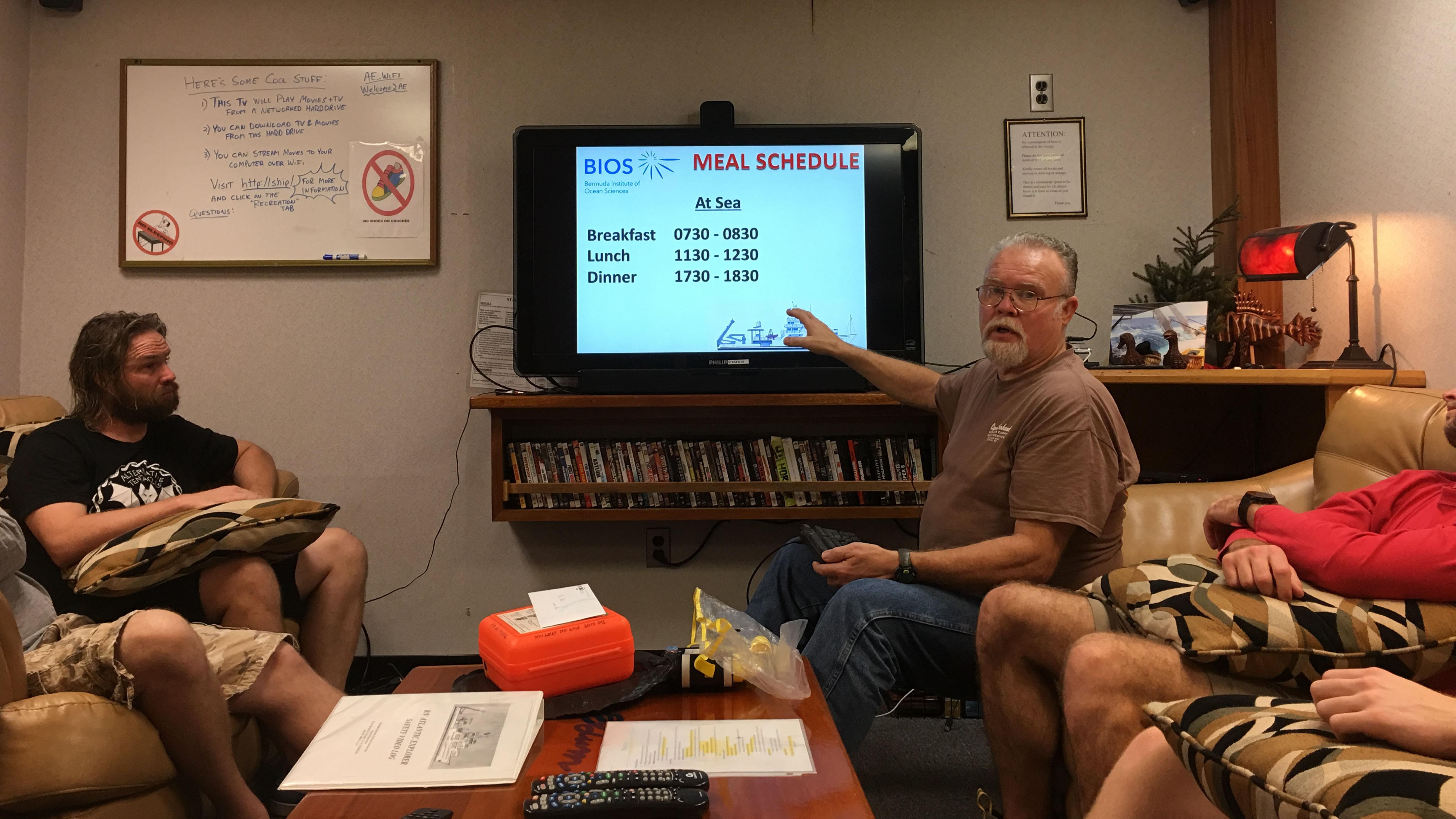
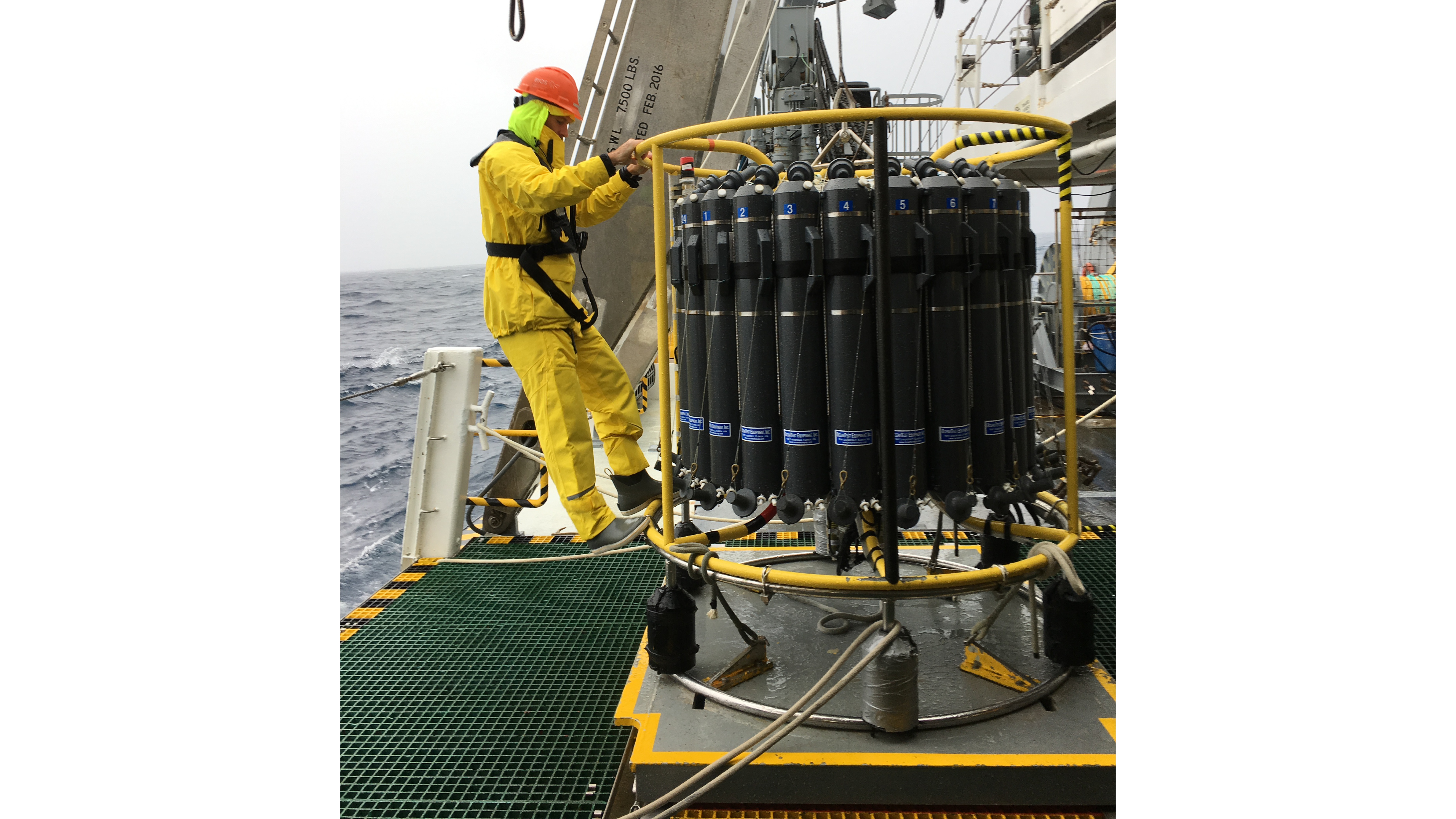
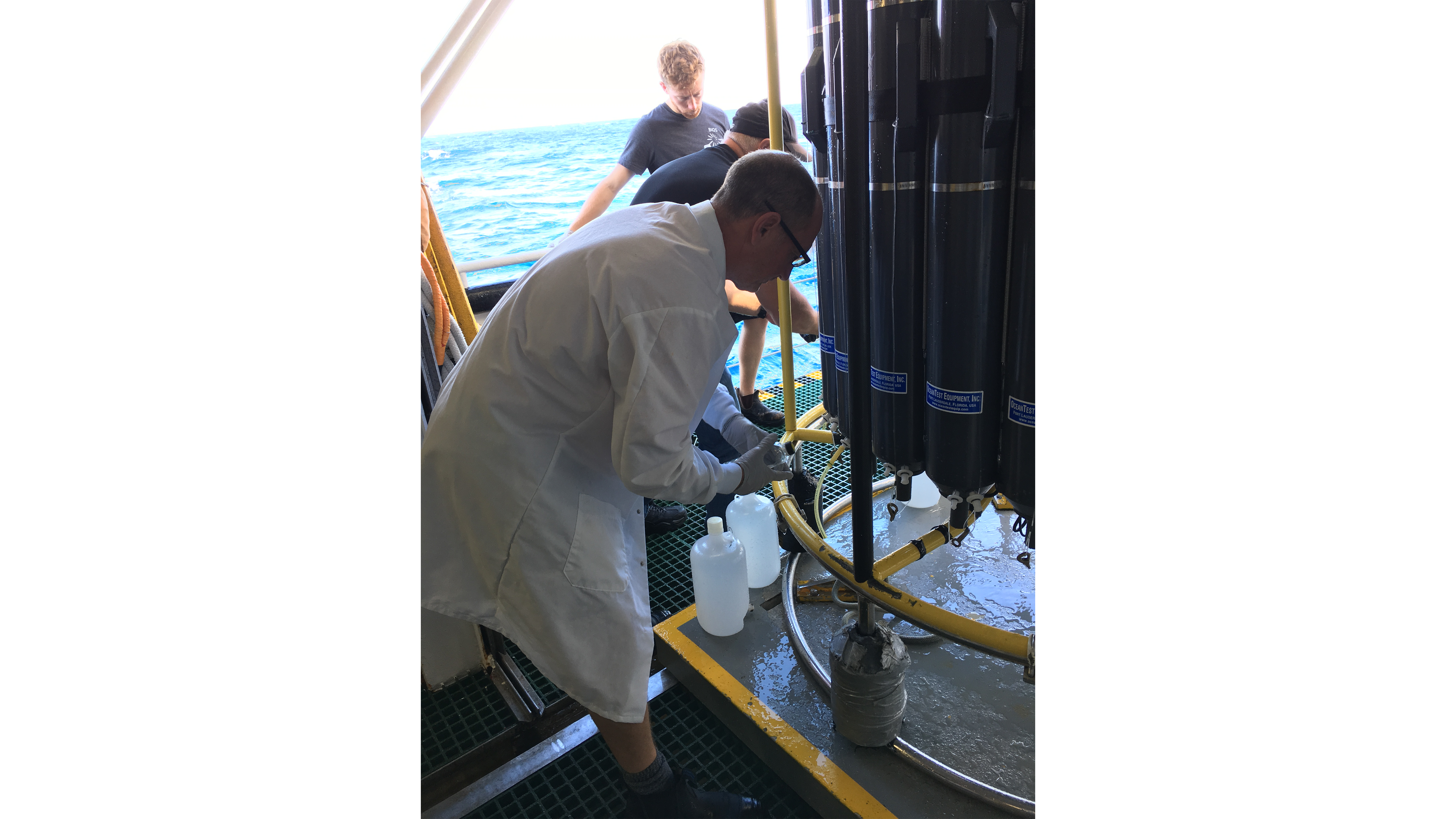
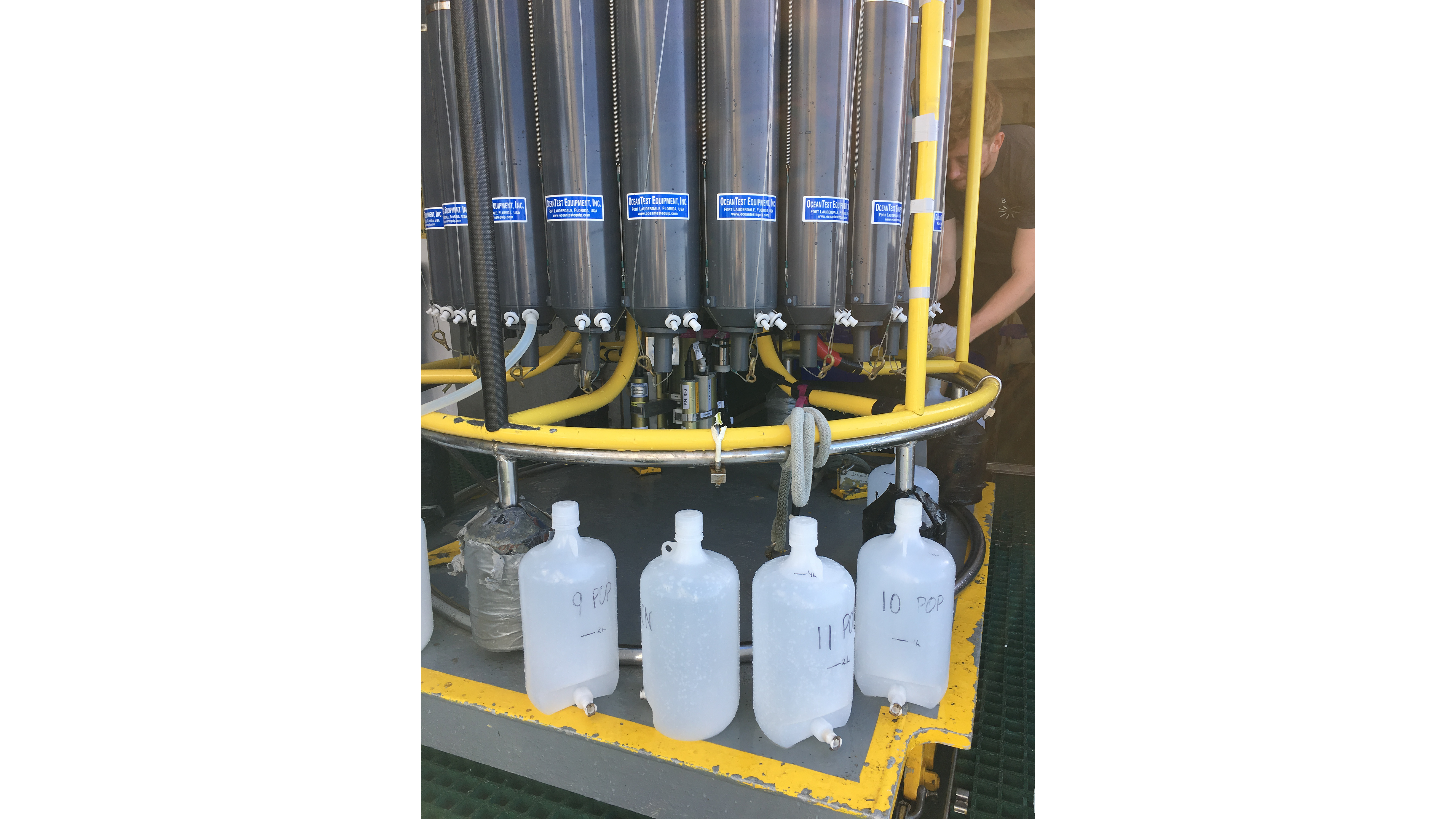
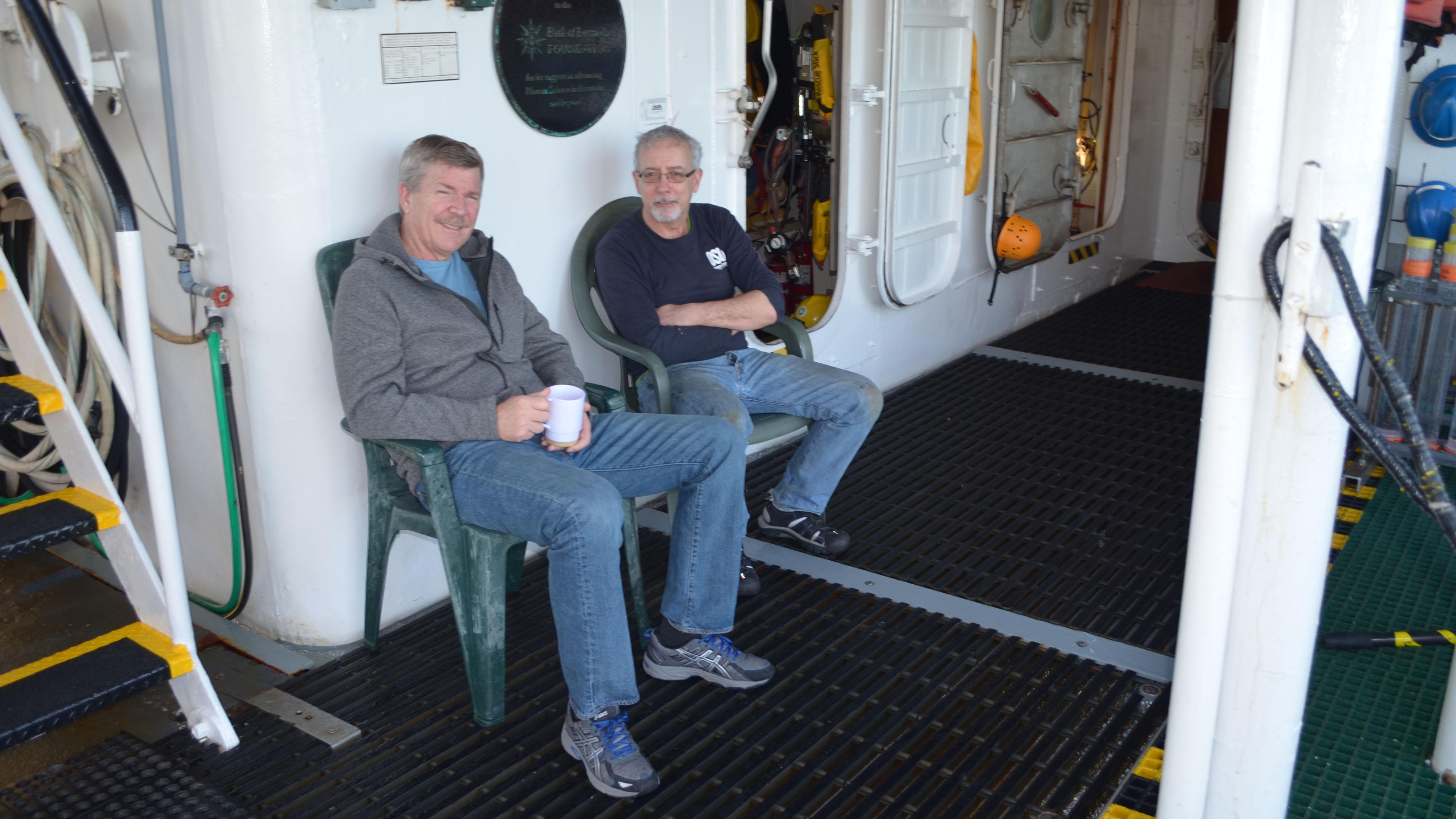
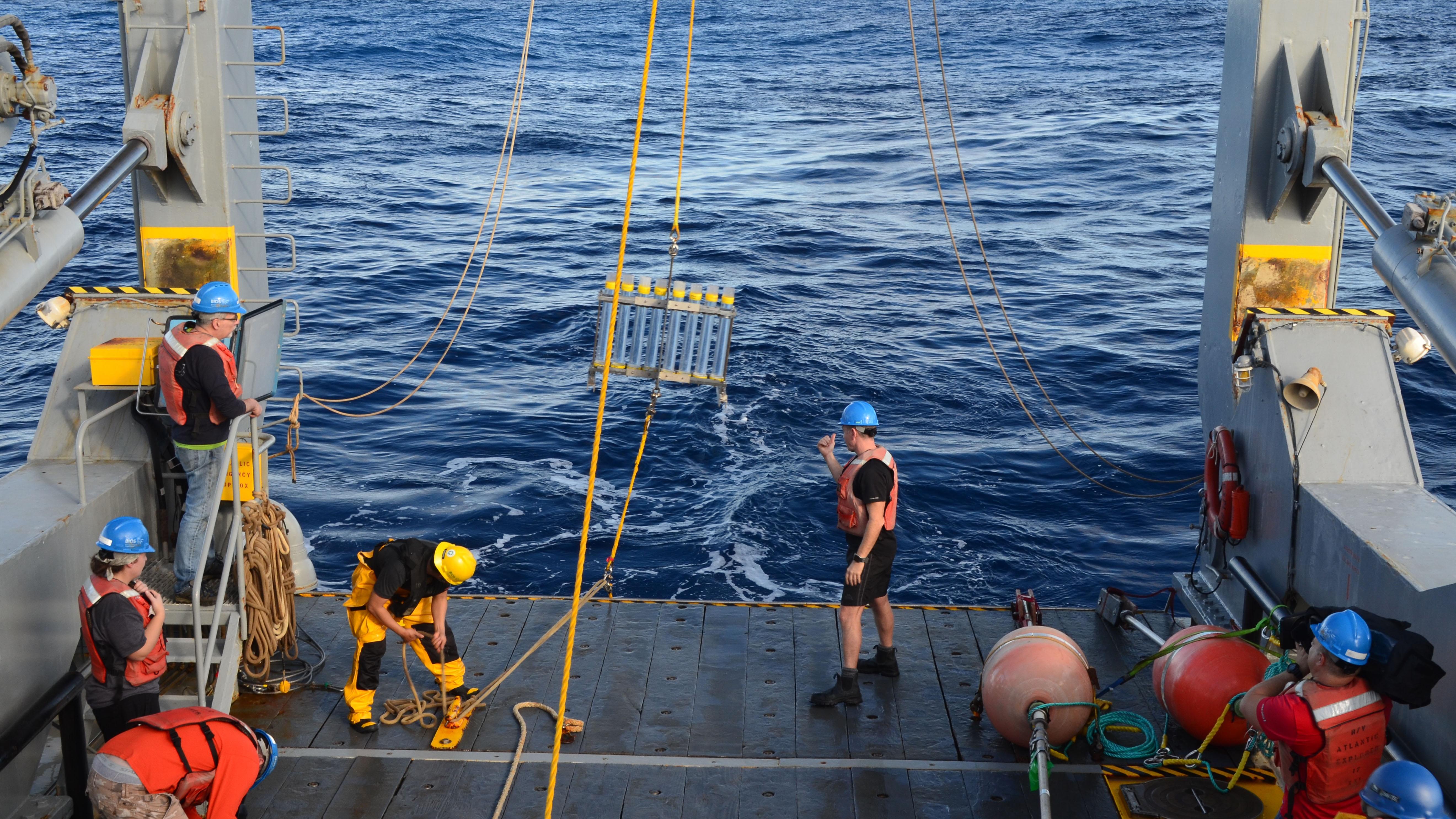
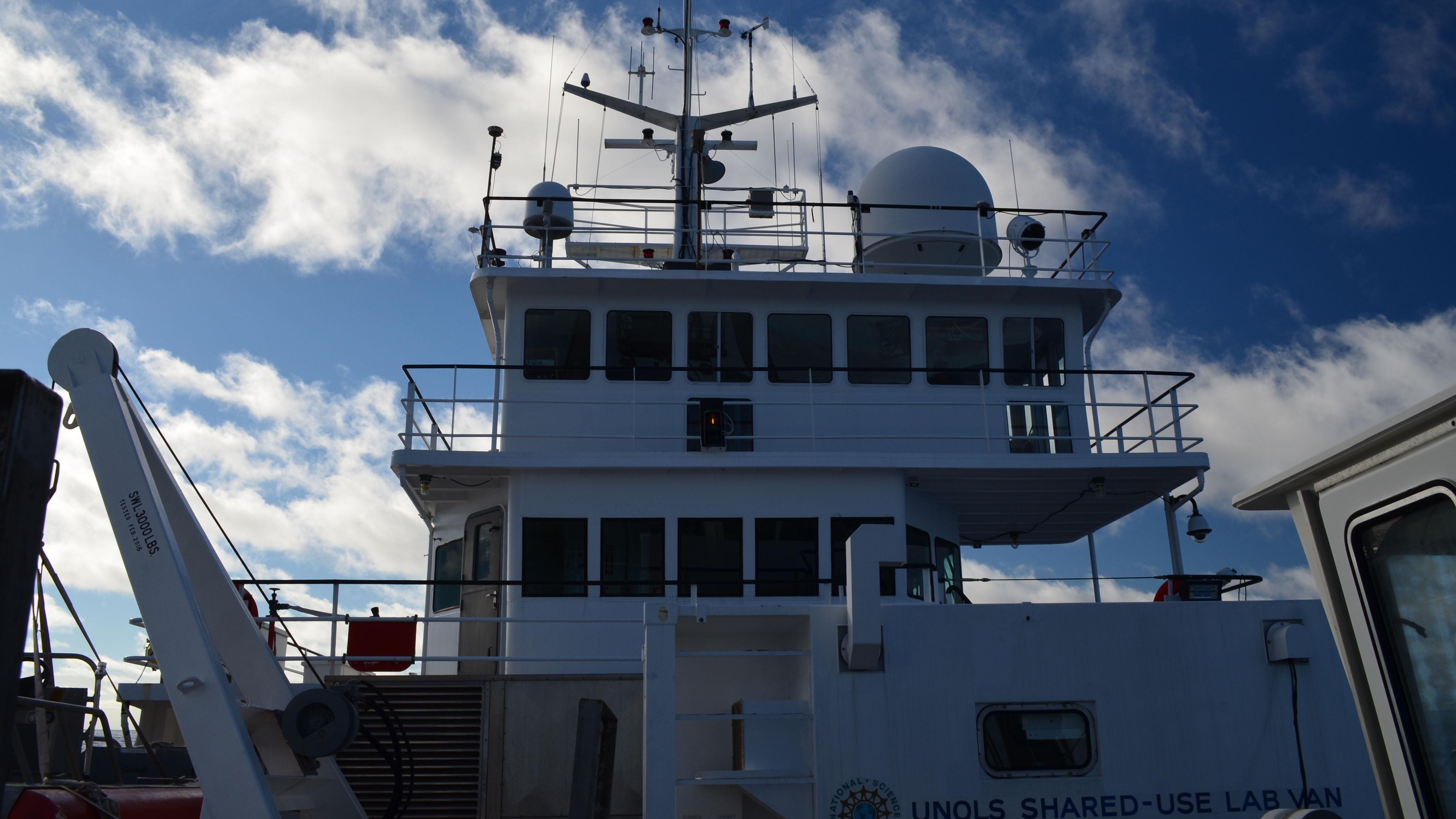
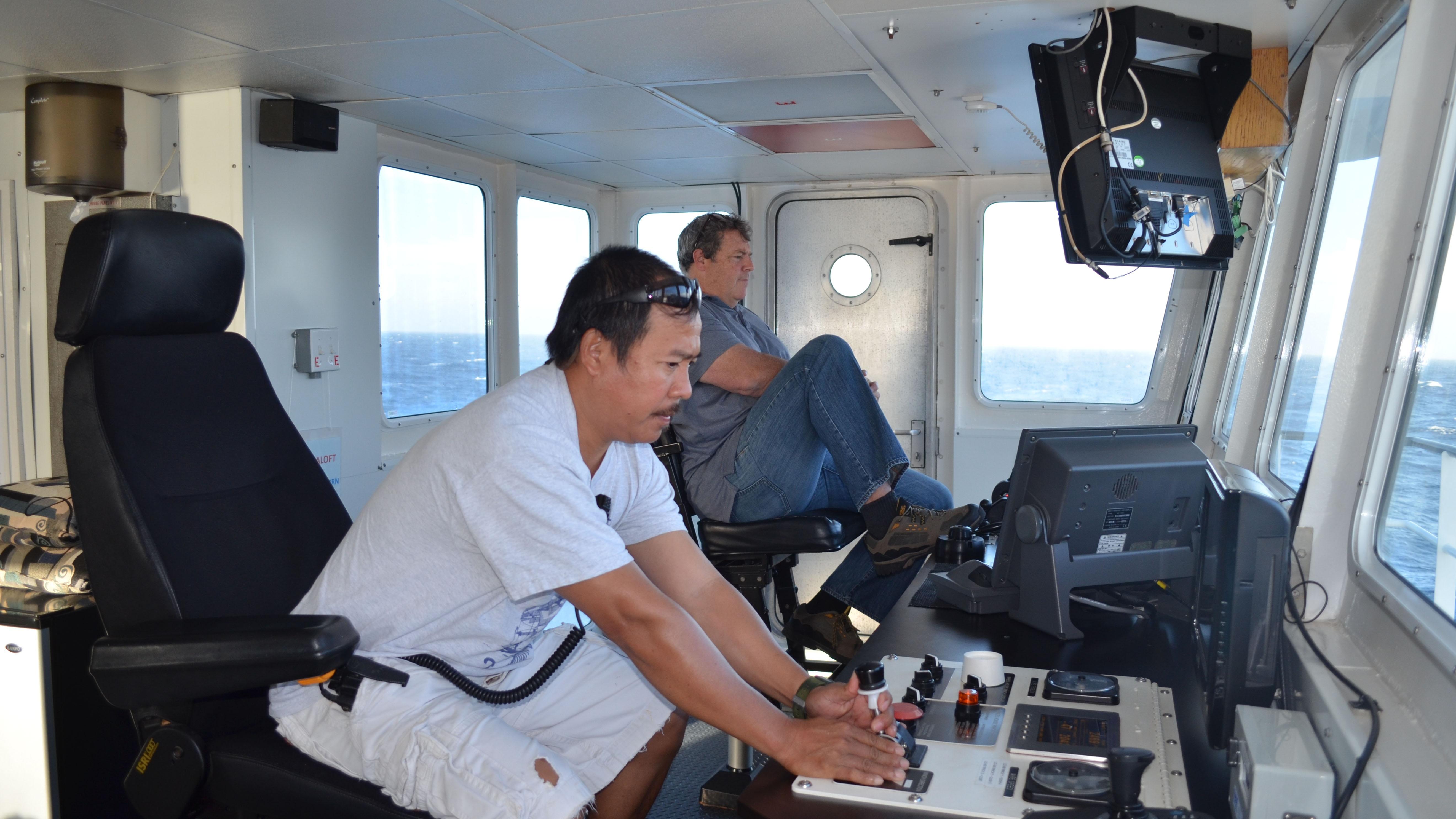
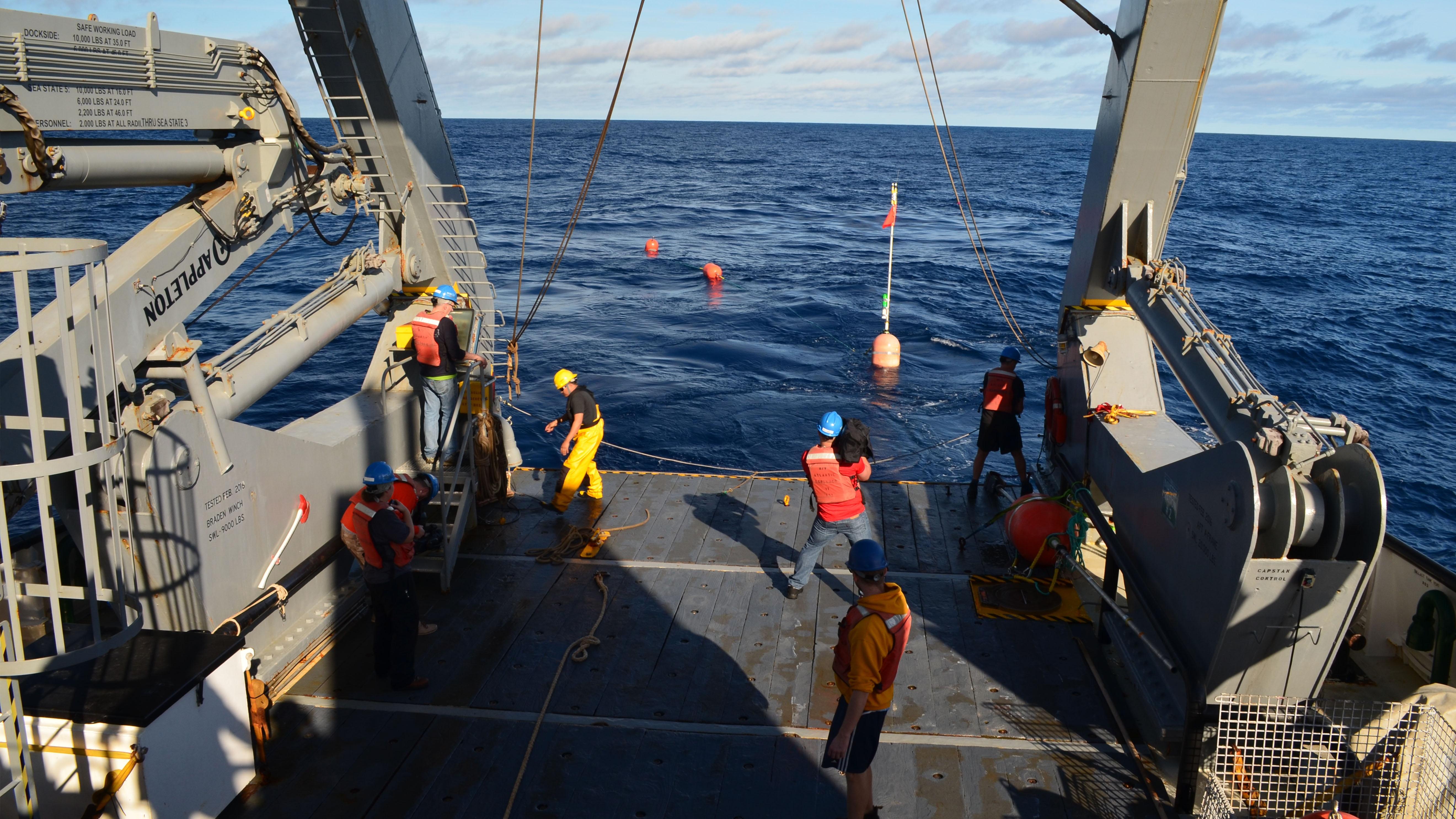
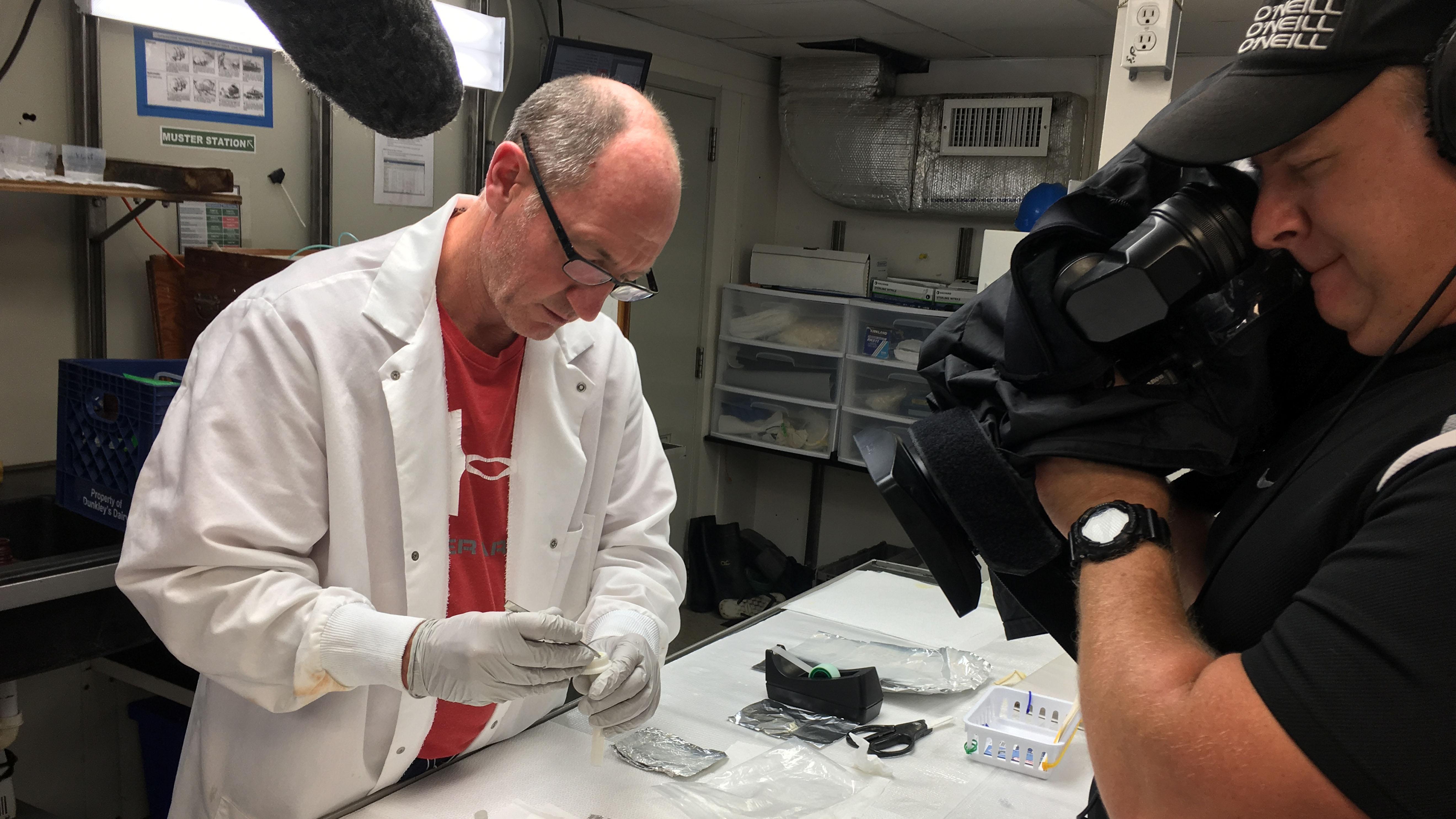
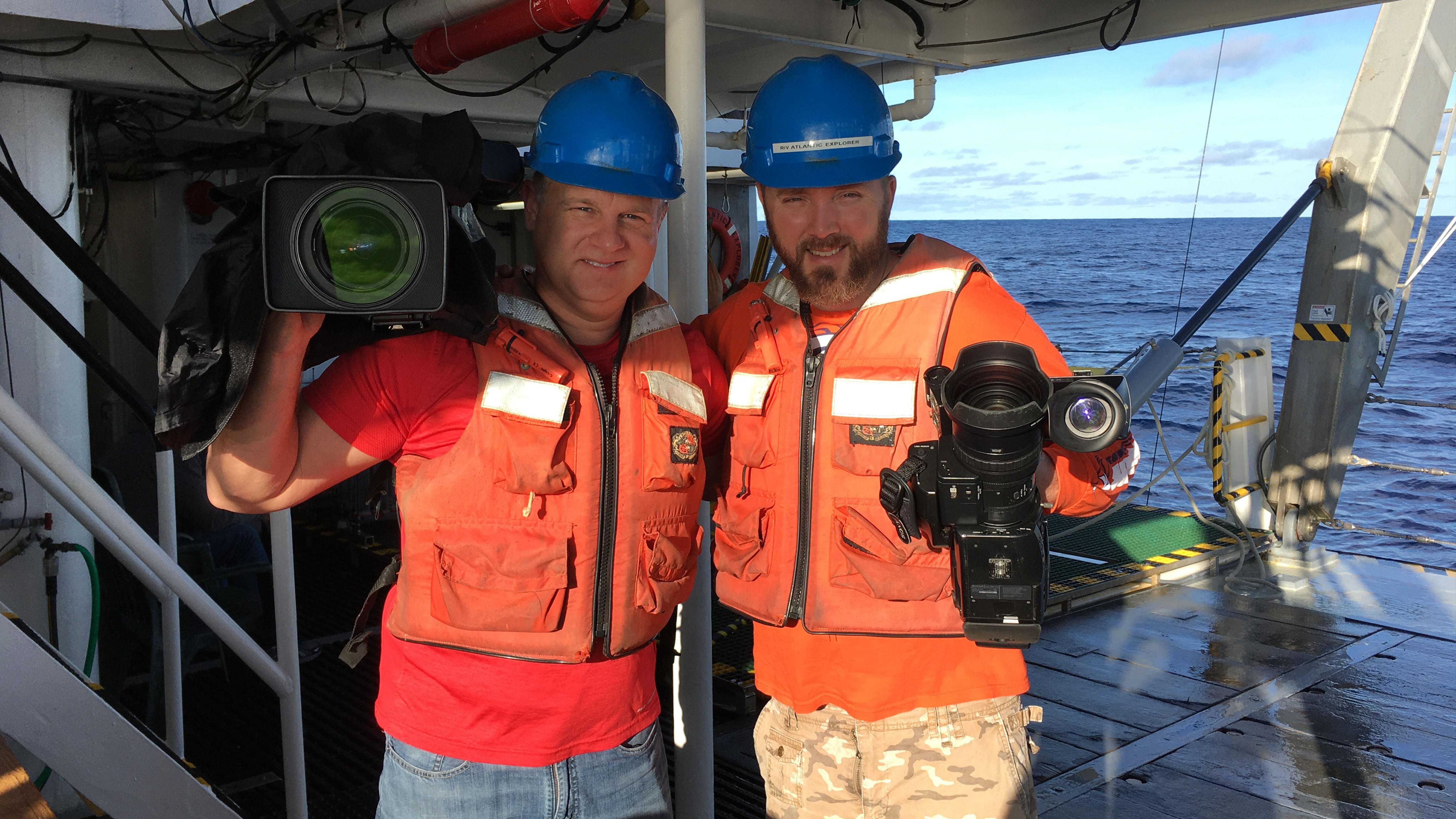
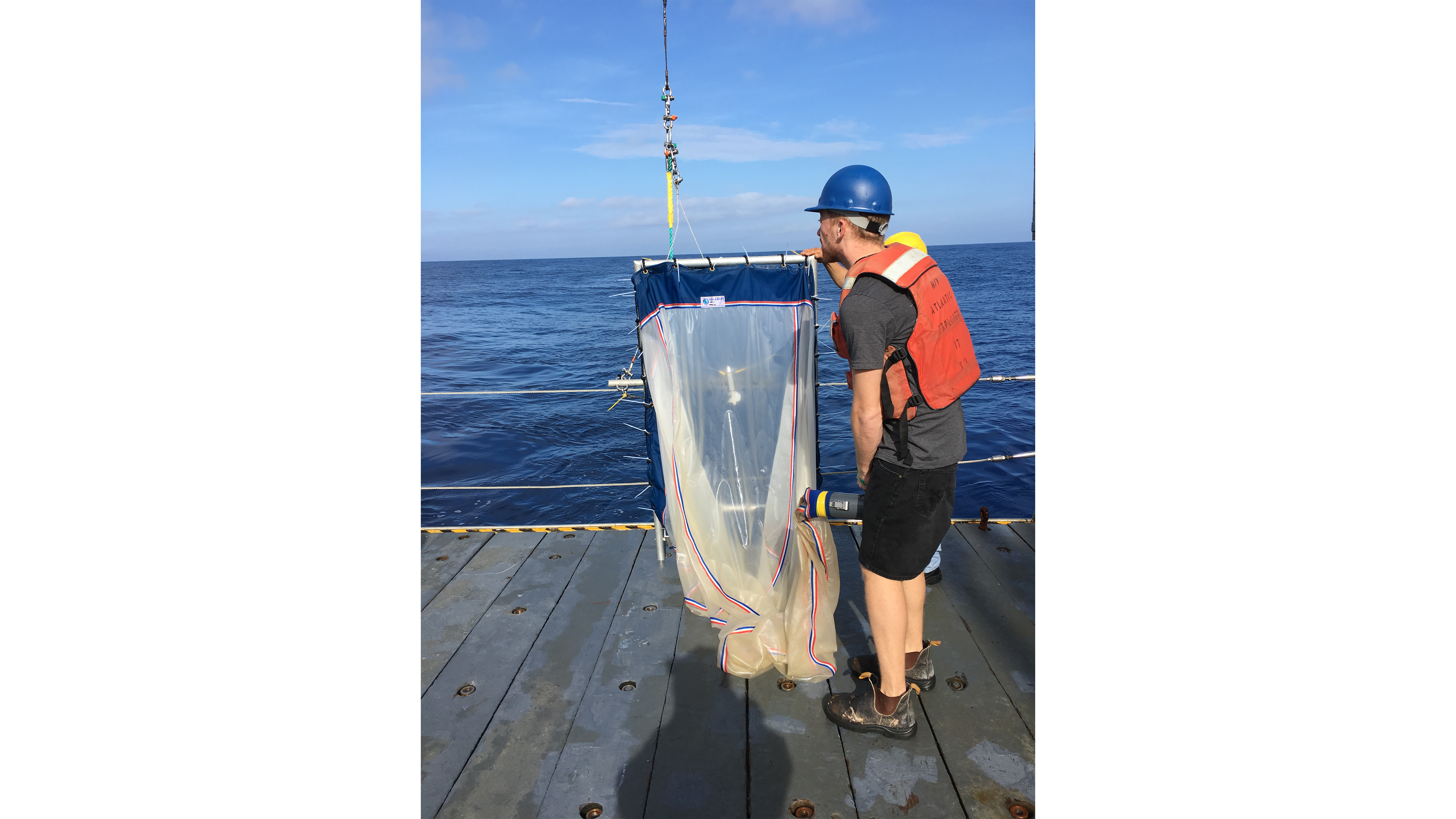
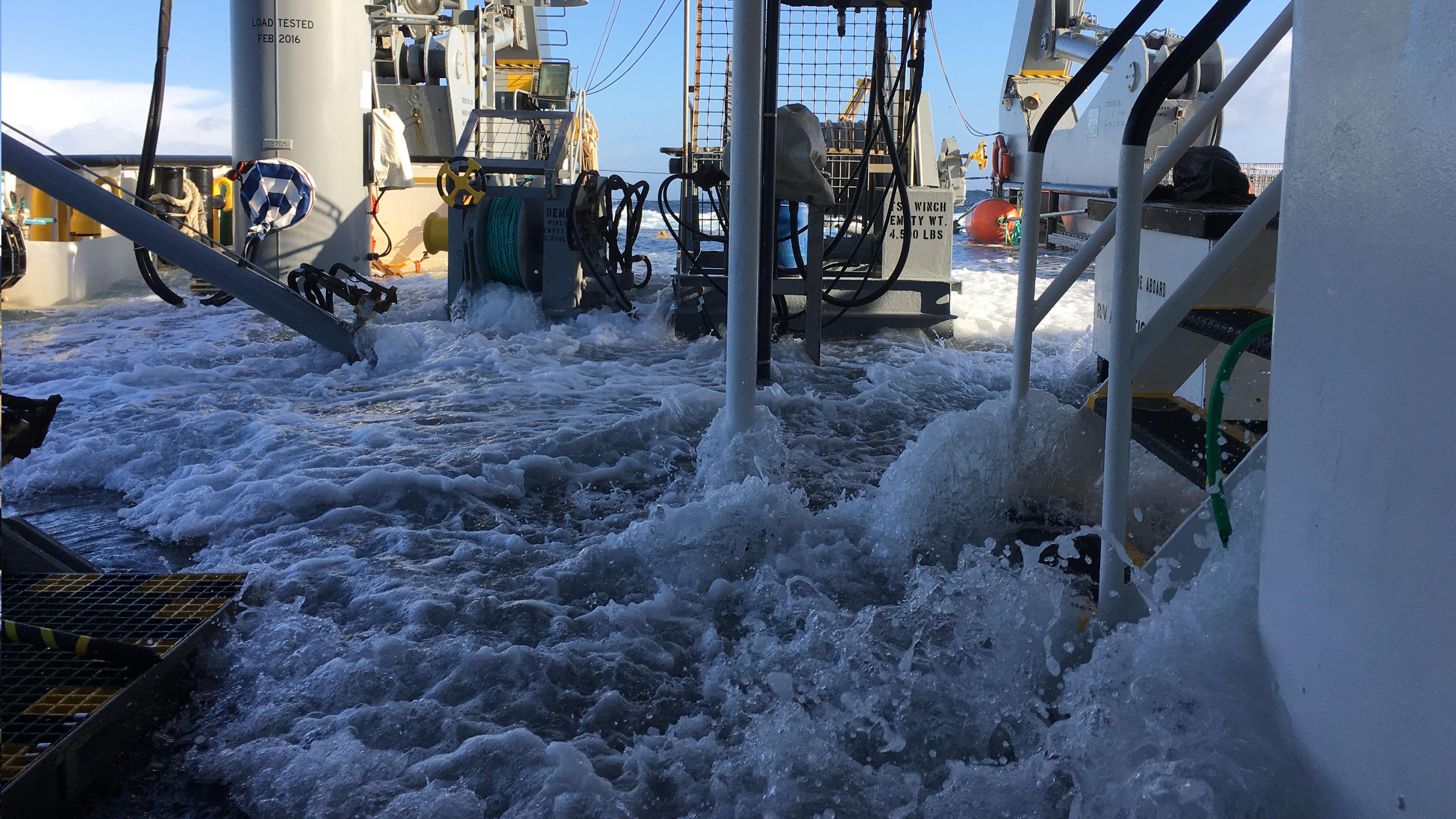
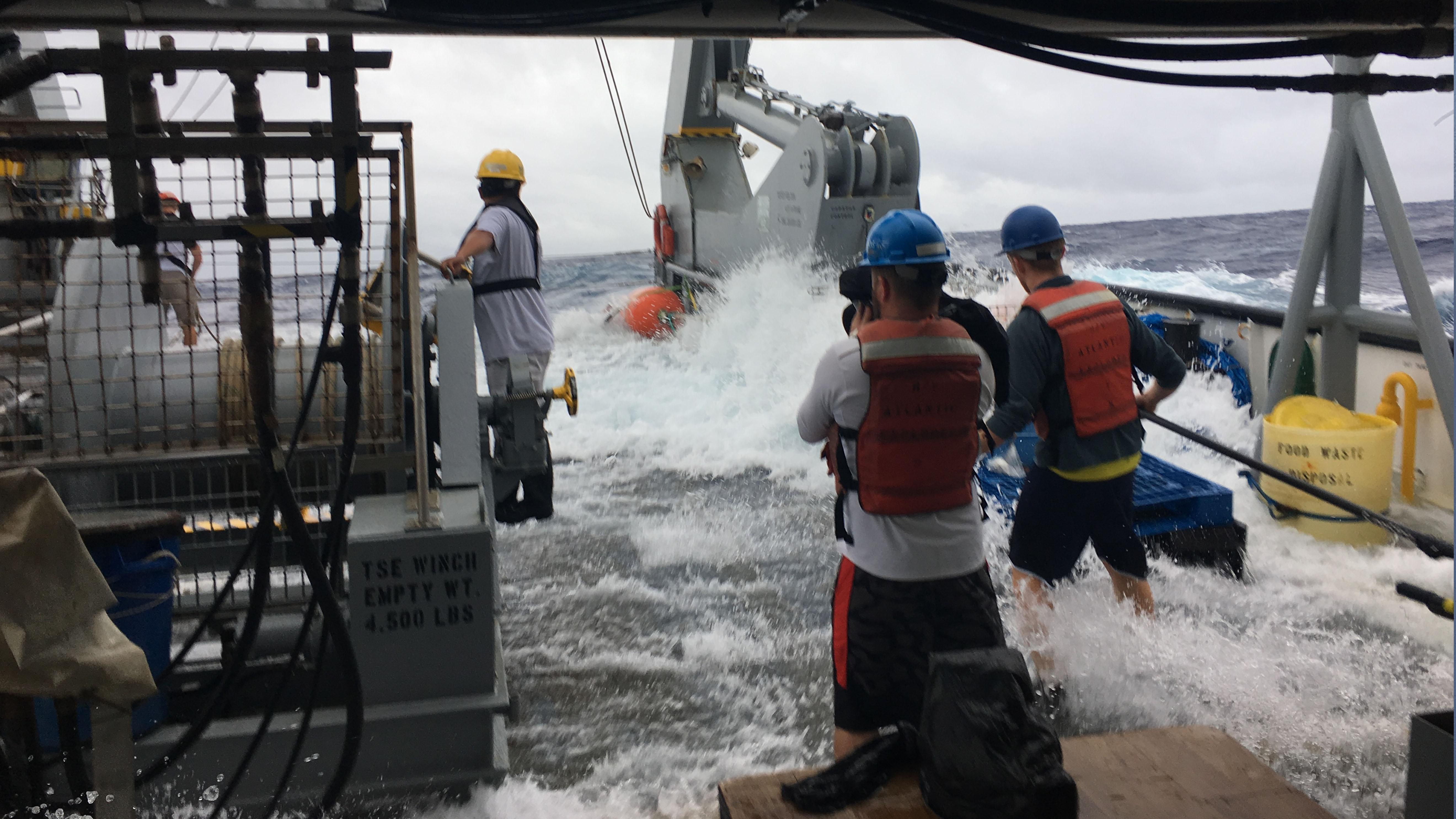
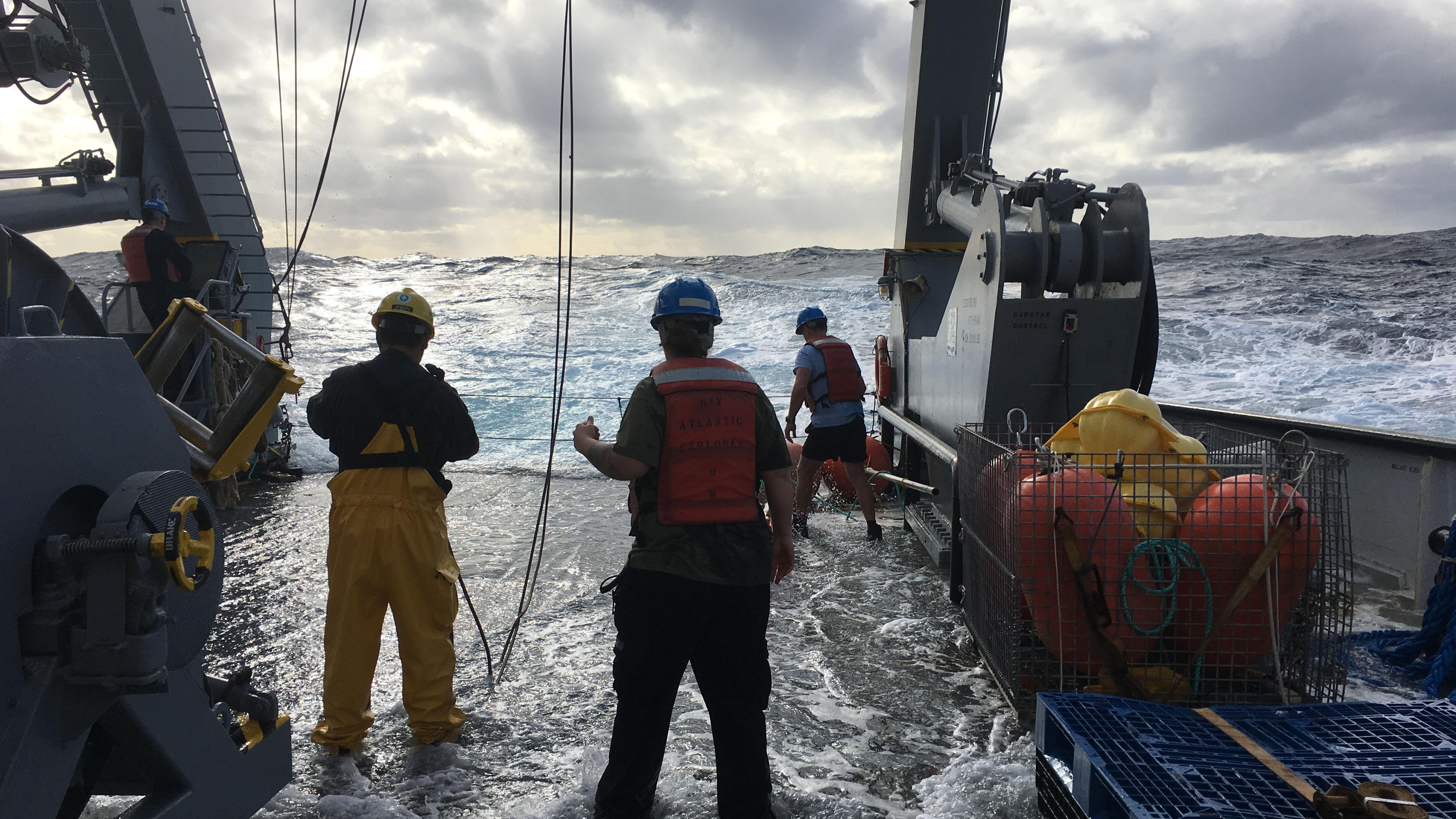
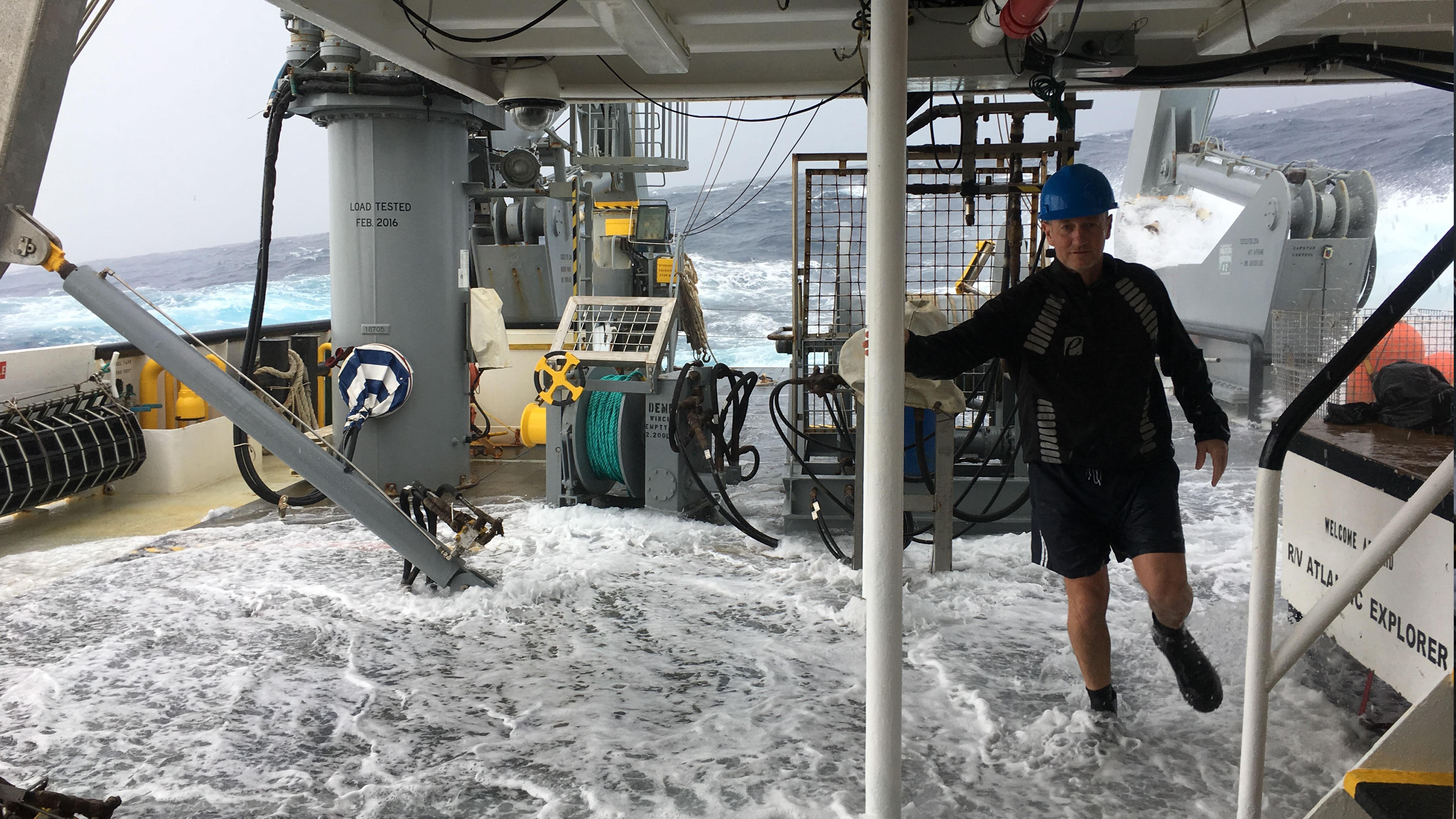
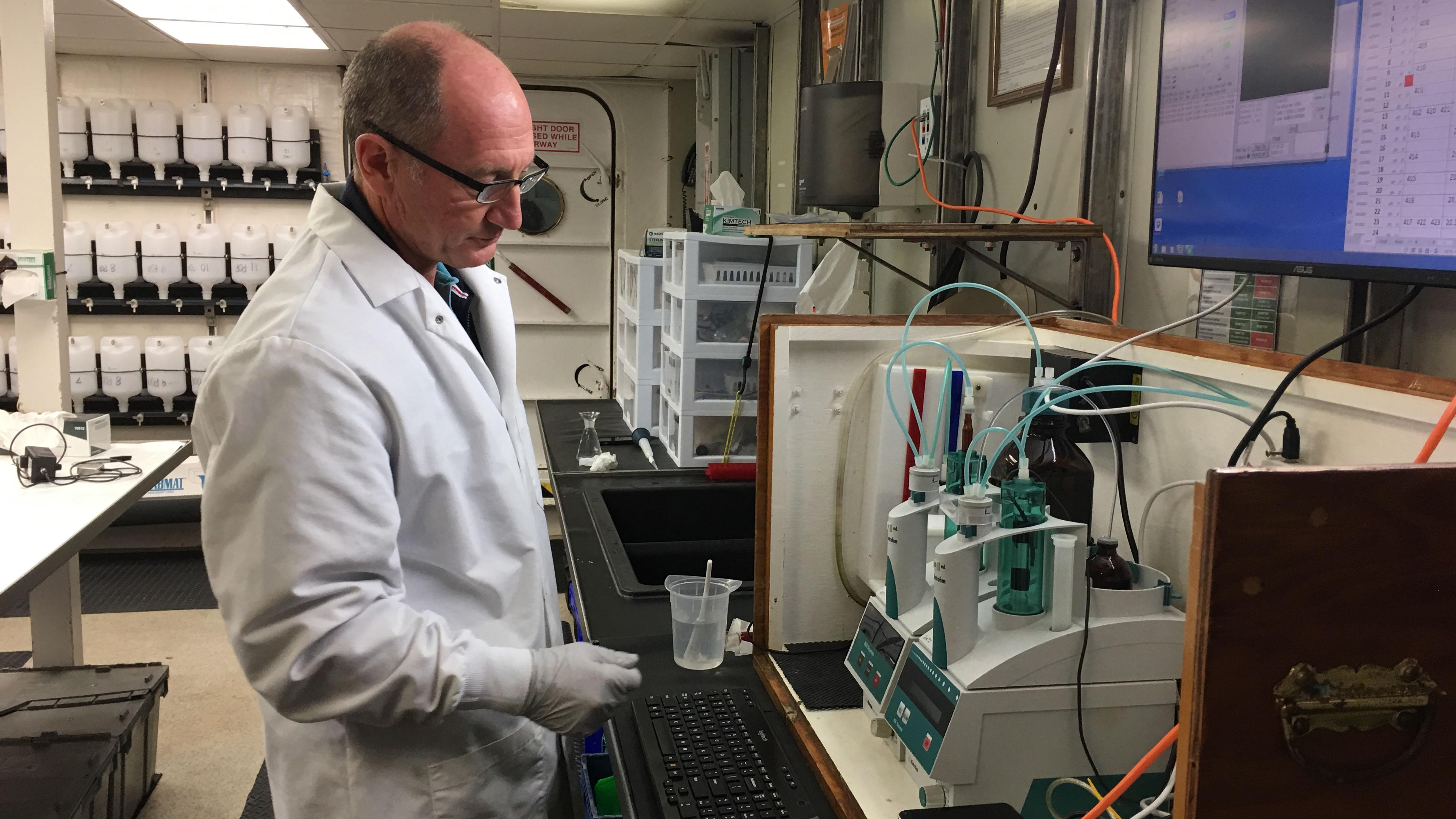
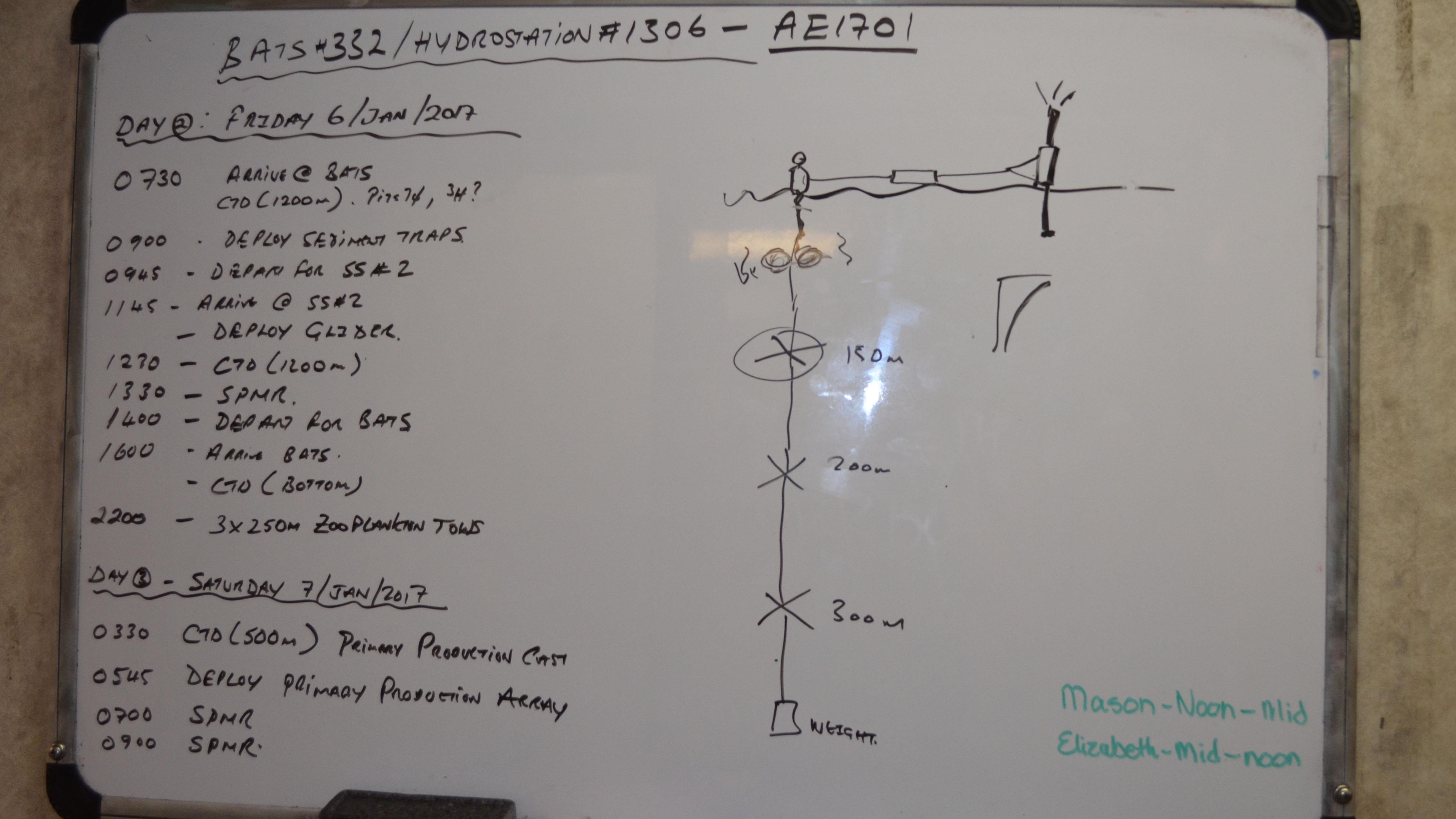
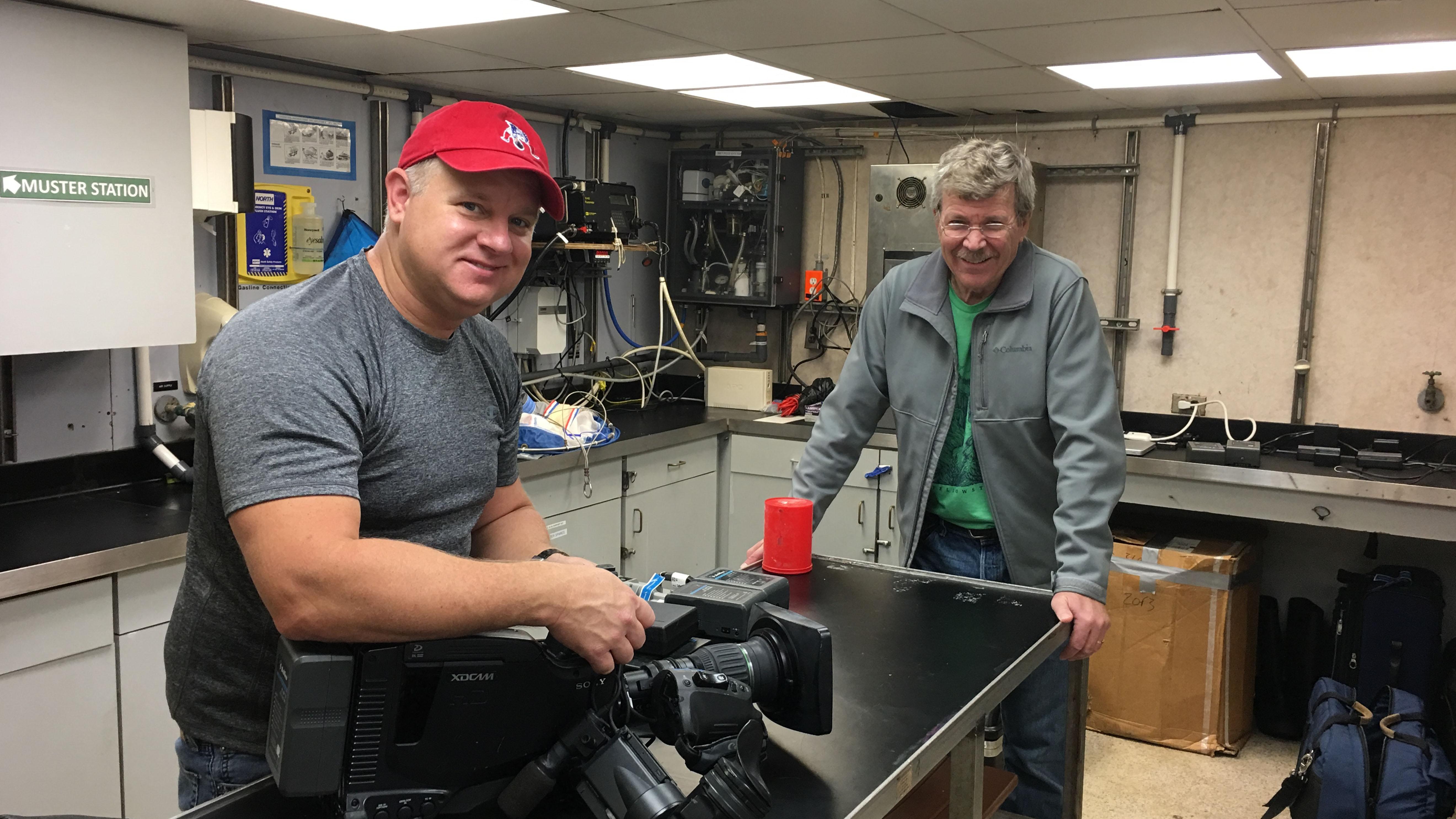
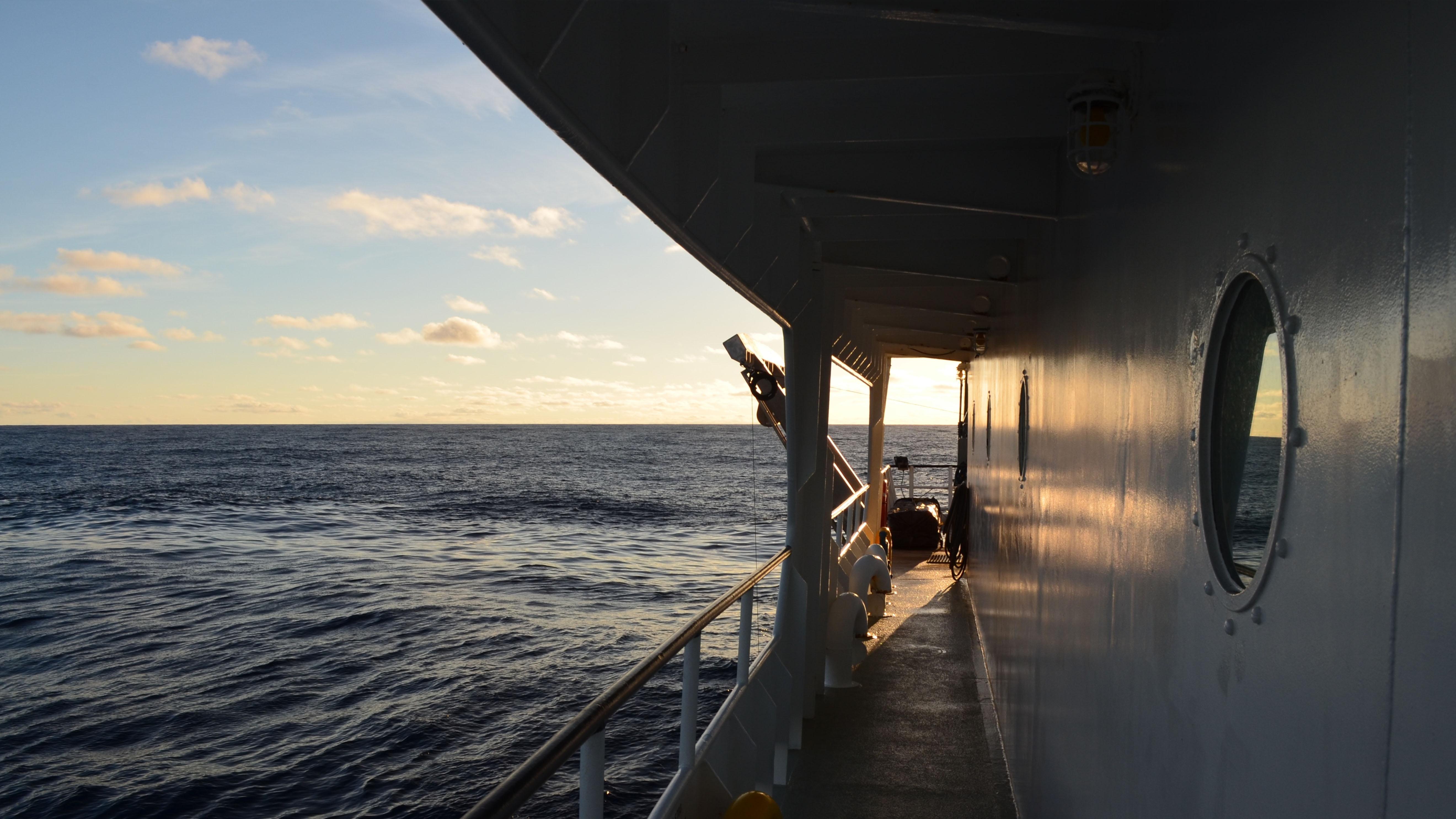
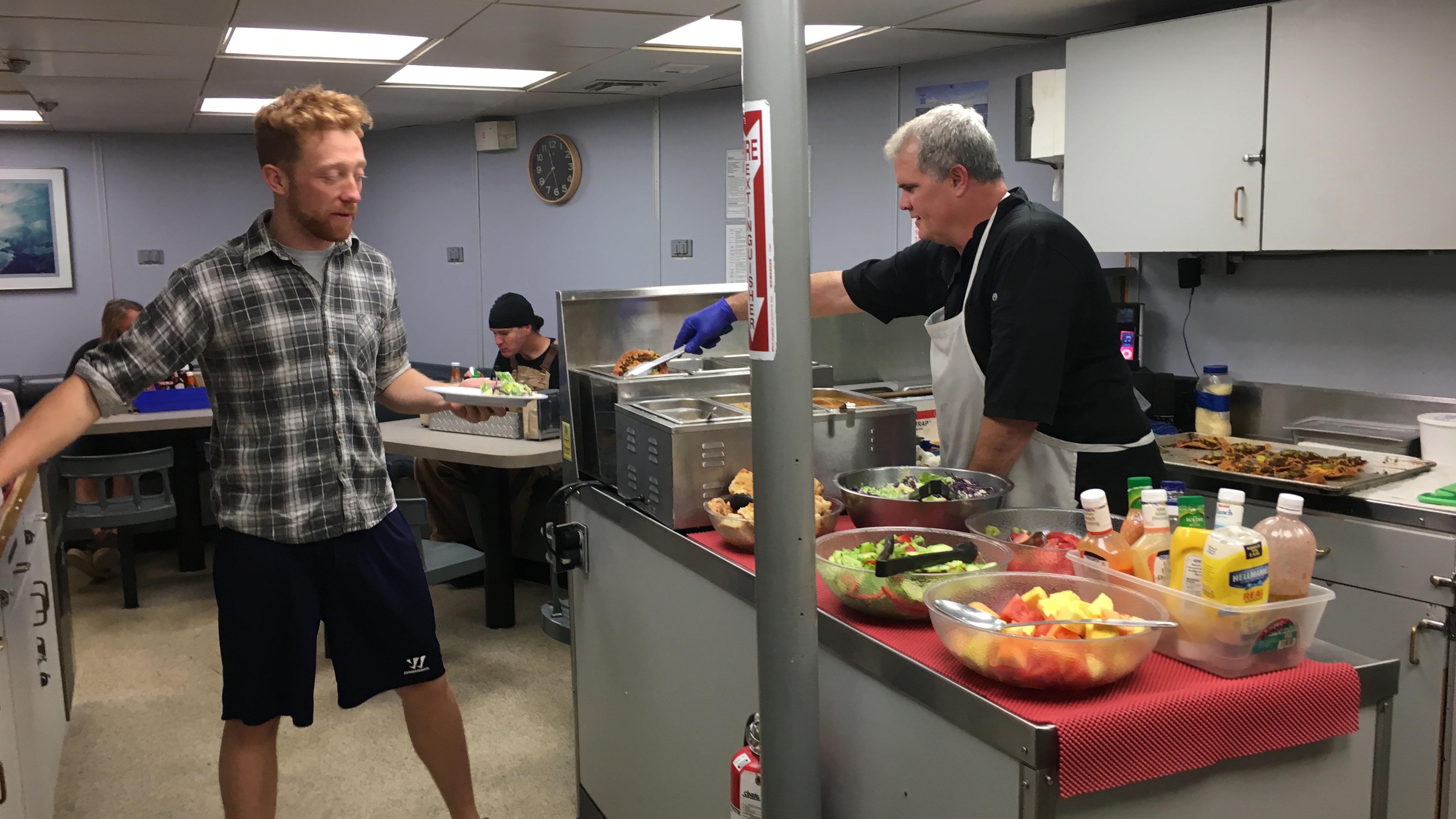
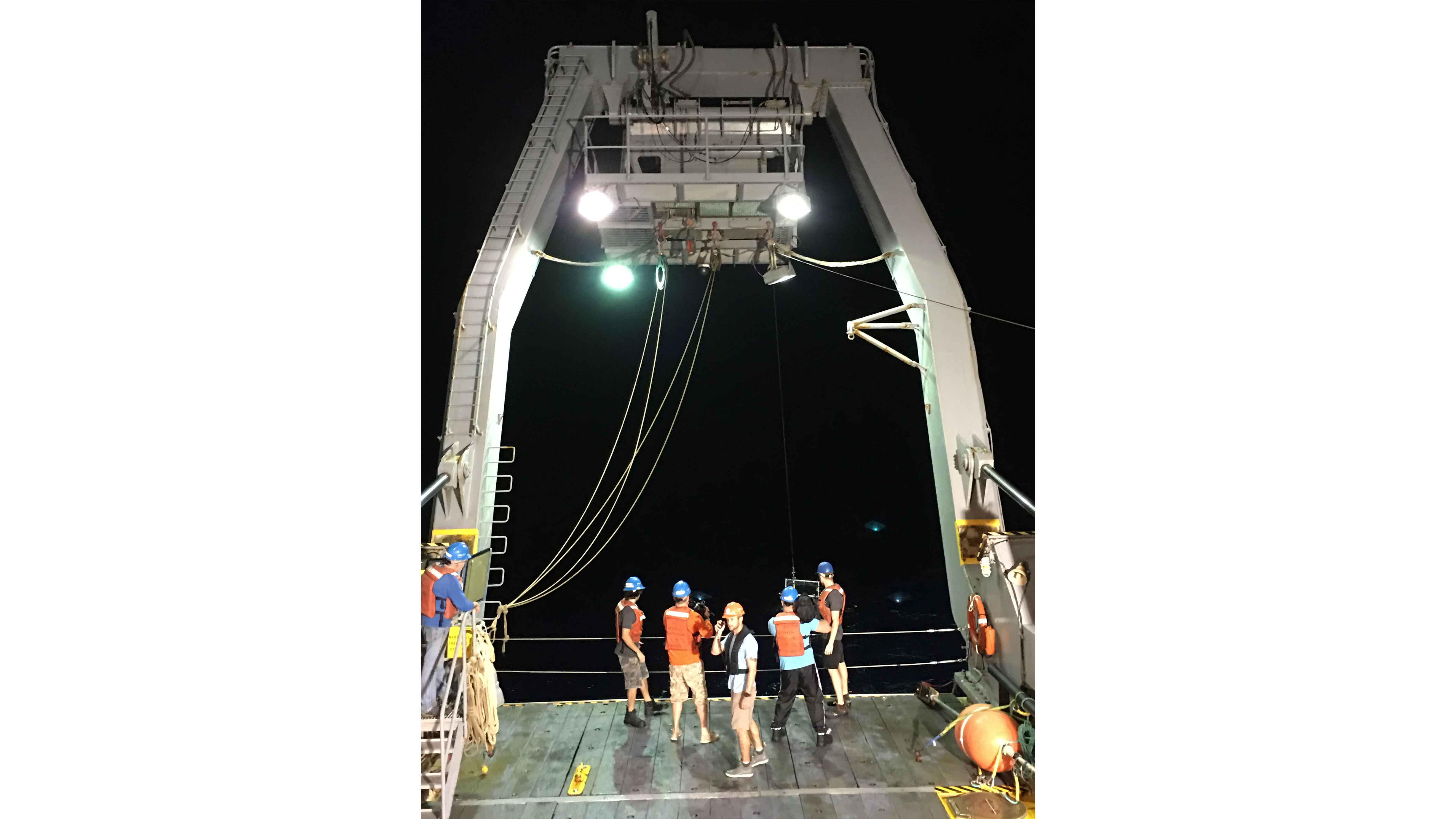
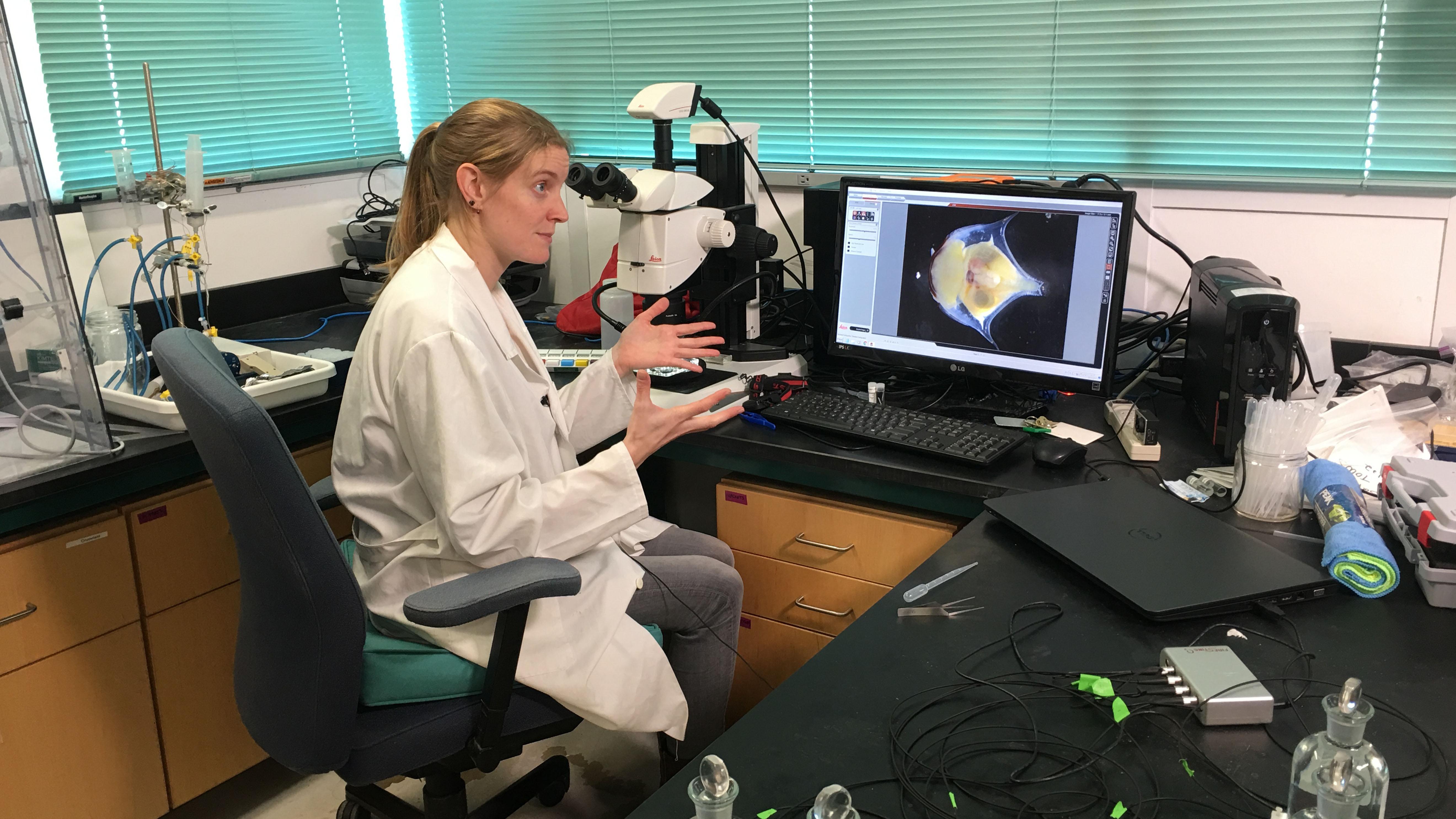
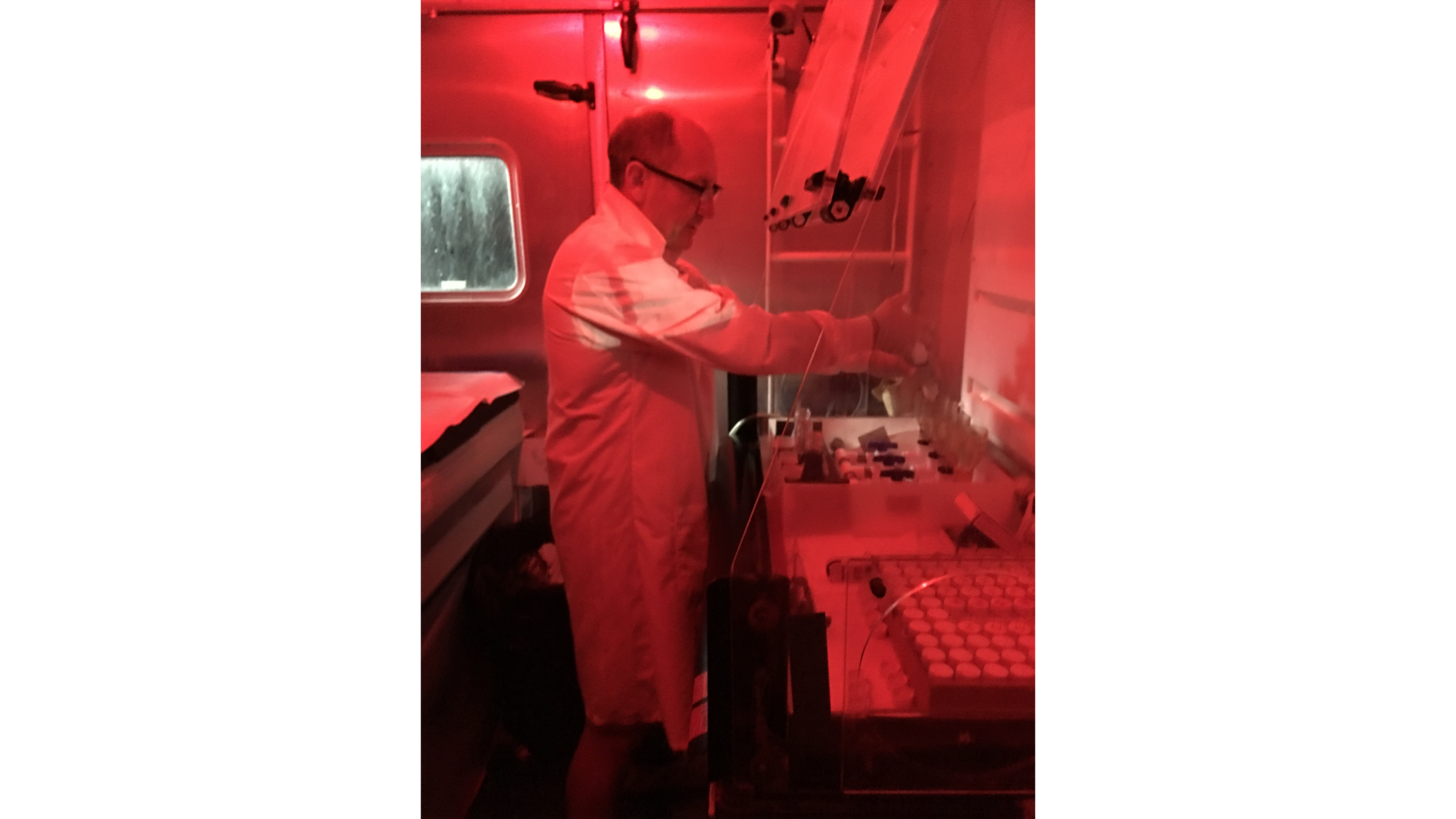


Image Credits:
Changing Seas would like to thank the following individuals and institutions who kindly allowed their footage, images and other media to be used in this production:
Amy Maas
Kelvin Santana Rodriguez
Bermuda Institute of Ocean Sciences
Bermuda Tourism Authority
Liza Roger
Kakani Katija
Katharine Wurtzell
Alexander Bergan
Woods Hole Oceanographic Institution
Time-Lapsed Earth Views
International Space Station Activities
Earth Illuminated
NASA
fluided
randywentling
wikiverse
iStock by Getty Images
Special Thanks:
Captain & Crew
R/V Atlantic Explorer
Diana Udel
University of Miami Rosenstiel School
Tiffany Wardman
Bermuda Institute of Ocean Sciences
Funding for this episode of Changing Seas was provided by:




